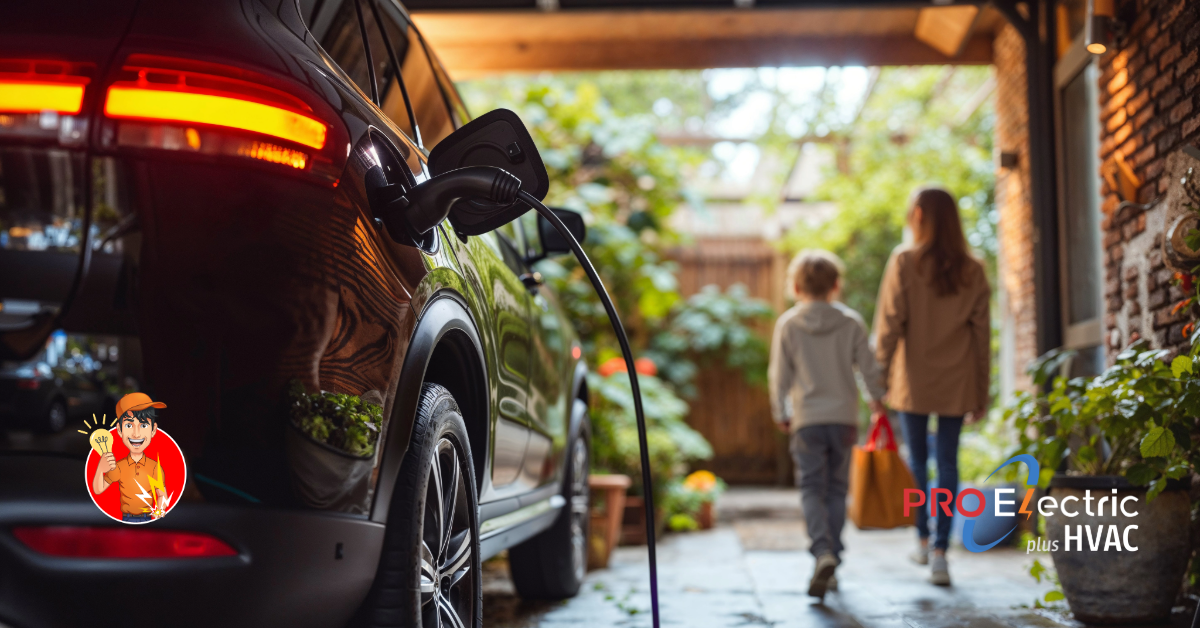By Peter, Master Electrician | PRO Electric plus HVAC | Electrical Panel Upgrades
If you live in Fairfax, Loudoun, Prince William, or Arlington and your home still has its original electrical panel, it’s likely unsafe, undersized, and unfit for modern power needs, upgrading now protects your family and your investment.
Is Your Old Electrical Panel Safe? What Fairfax, Loudoun, Prince William & Arlington Homeowners Must Know
I’ve worked on a lot of homes in Fairfax, Loudoun, Prince William, and Arlington counties, and one thing I run into over and over again is old electrical panels.
Most of these panels were installed decades ago, back when a home didn’t need to power much more than a fridge, a TV, and maybe a window AC unit.
Fast forward to today, families are plugging in EV chargers, running two HVAC systems, and using high-powered kitchen appliances all at once.
Those old panels just can’t keep up.
Panels That Are Too Small for Today’s Loads
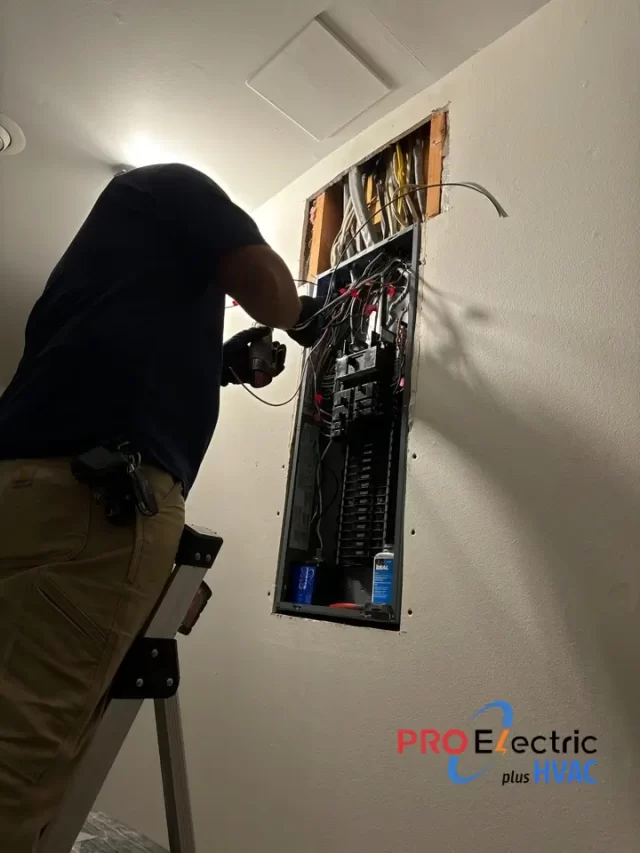
A lot of older houses around here still have 60-amp or 100-amp service panels.
That might have been fine in the 1960s, but it’s not enough today.
A single EV charger can use almost half the capacity of a 100-amp panel by itself.
Add in air conditioning, a dryer, or a big oven, and the system is overloaded fast.
I often recommend upgrading to a 200-amp service so homeowners can run everything safely without worrying about tripping breakers every time the AC kicks on.
Constantly Tripping Breakers and Overloads
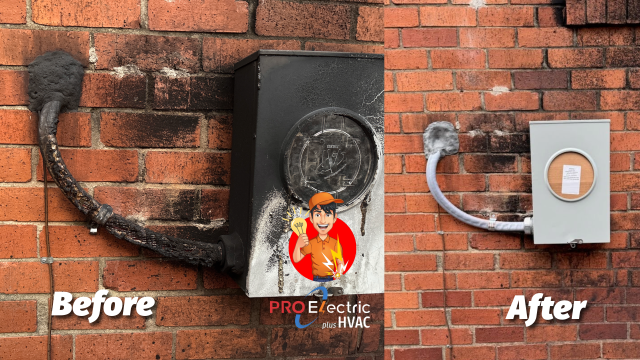
One of the biggest complaints I hear from homeowners is that their breakers trip constantly.
This happens because too many outlets and lights were wired onto a single circuit back in the day.
When you plug in a modern microwave, toaster oven, or hair dryer, the load is just too much.
Lights flicker, breakers trip, and sometimes homeowners become so frustrated that they plug things into power strips and extension cords, which only makes things worse.
Safety Risks: Overheating and Fire Hazards
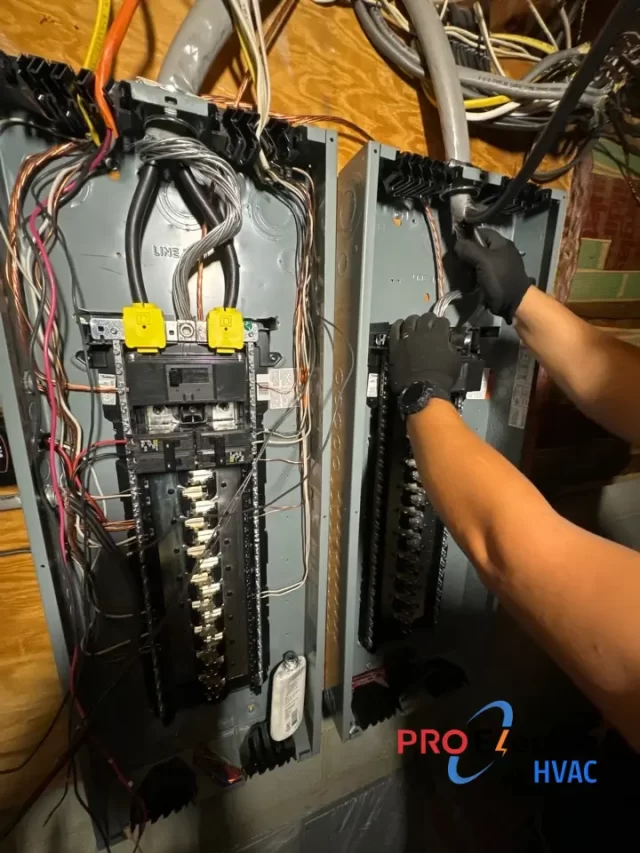
Some of the most dangerous panels I see are Federal Pacific Electric (FPE) Stab-Lok and Zinsco.
These panels were standard in Northern Virginia homes built in the 60s and 70s.
The scary part is they’re known for breakers that don’t trip when they should.
That means wires can overheat without shutting off, creating a serious fire risk.
I’ve opened panels that were warm to the touch or had signs of melted insulation inside.
If you still have one of these panels, replacing it isn’t just about convenience—it’s about keeping your family safe.
No Room for HVAC Expansion and Code Problems
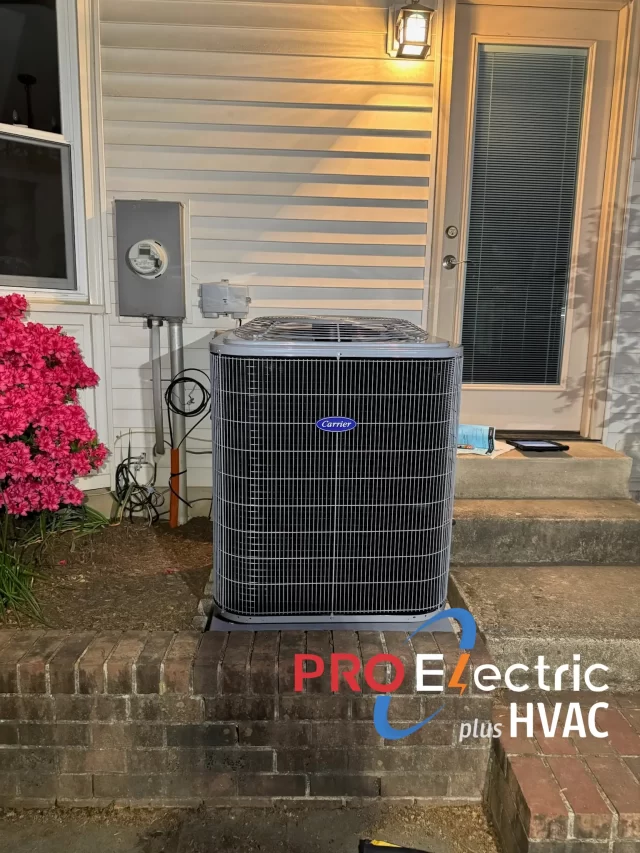
Another issue with older panels is that they don’t have enough room for new circuits.
Homeowners remodel their kitchens, finish their basements, or add HVAC systems, and then realize there’s no space in the panel to add breakers.
I’ve seen people try to “double up” wires or cram in tandem breakers where they don’t belong, and that’s dangerous.
On top of that, many older homes don’t have proper grounding or GFCI protection, which modern electrical code requires.
If you want to add an EV charger or do a major remodel, the county inspector is probably going to require a panel upgrade before you can pass inspection.
EV Chargers: A Big Test for Old Panels
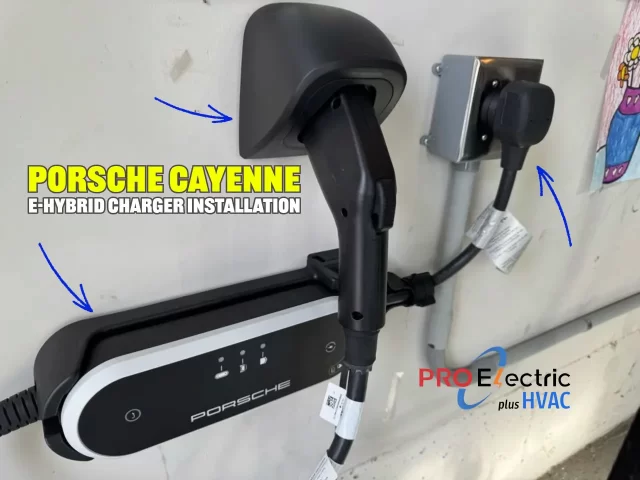
EV chargers are becoming more common, and they’re a real test for older electrical systems.
A Level 2 charger requires a dedicated 240-volt line, typically drawing 30–60 amps.
If you’ve got a 100-amp panel, that’s just not realistic without giving up a lot of other appliances.
In almost every case, I tell homeowners we need to upgrade the service before they install a charger.
It’s the only way to make sure the car charges safely and the rest of the house keeps running without issues.
Adding HVAC Units and Other Large Appliances
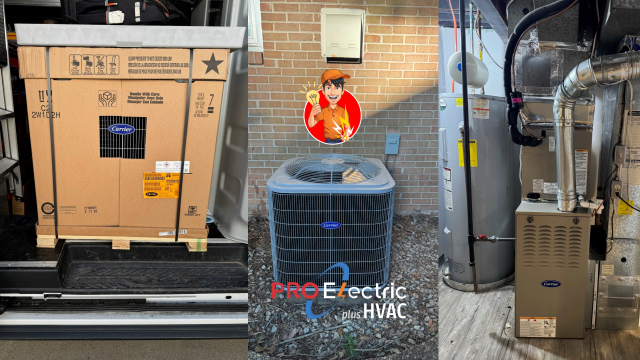
When families add a second HVAC system, a tankless water heater, or even a high-end kitchen setup, the old panel almost always shows its limits.
I’ve seen lights dim when an air conditioner kicks on or breakers trip when two big appliances run at once.
These are clear signs the panel is undersized. Upgrading during a remodel or before adding major appliances saves a lot of headaches down the road.
Old Wiring Makes Things Worse
The panel is only part of the problem. Some older homes in Arlington still have knob-and-tube wiring, and a lot of houses built in the 60s and 70s have aluminum wiring.
Both can be unsafe under today’s electrical loads.
Without proper grounding and updated connections, circuits can overheat and cause shocks or even fires.
When I upgrade a panel, I also verify the wiring to ensure everything downstream is safe and up to code.
My final thought….
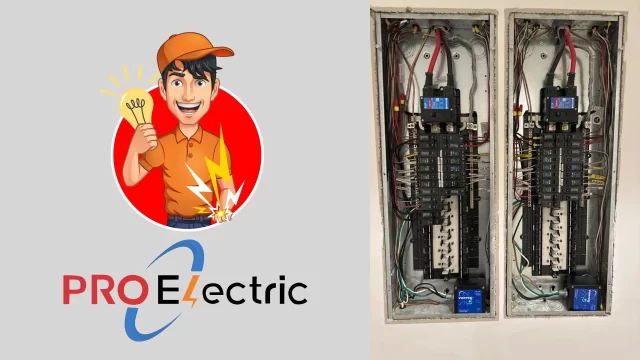
The truth is, the electrical panels in older Northern Virginia homes weren’t built for today’s power demands.
I’ve seen everything from tripping breakers and flickering lights to dangerous fire hazards hiding inside old boxes.
Upgrading to a modern 200-amp panel isn’t just about convenience—it’s about safety, code compliance, and protecting your home.
If you’re planning to add an EV charger, a second HVAC unit, or any major appliance, do yourself a favor: get the panel checked first.
It’s one of the smartest investments you can make in your home.
Don’t wait for tripped breakers, flickering lights, or worse, a fire, to tell you your panel is outdated.
If your home in Fairfax, Loudoun, Prince William, or Arlington still has its original electrical panel, it’s time for a professional inspection.
Contact a licensed Master Electrician today to schedule a load calculation and find out if your panel can safely handle your family’s modern power needs.
📞 Call 703-225-822 now or book online while you’re thinking about it.

